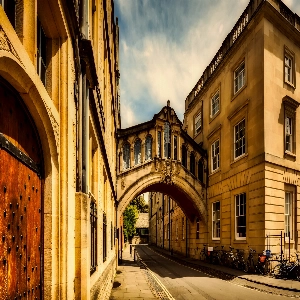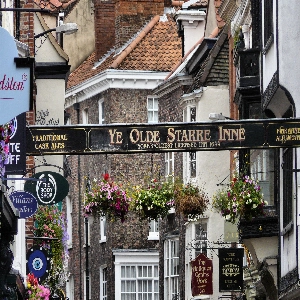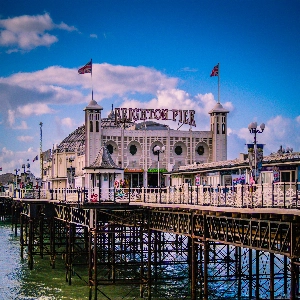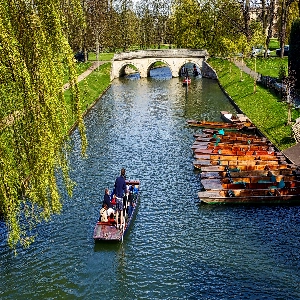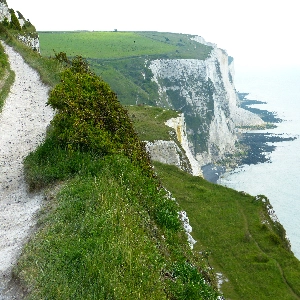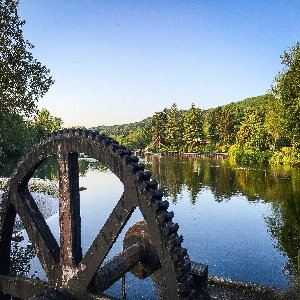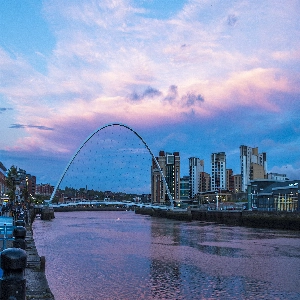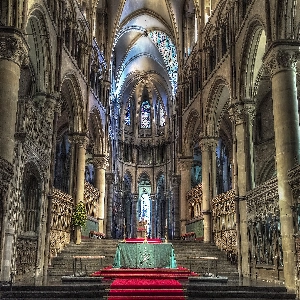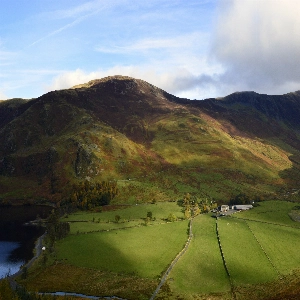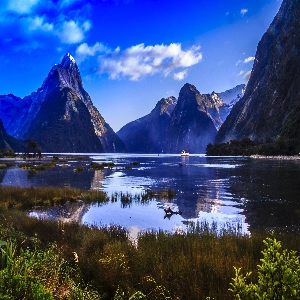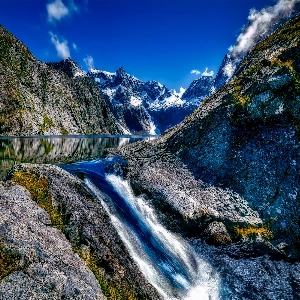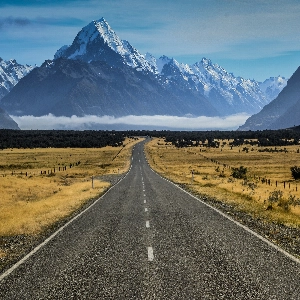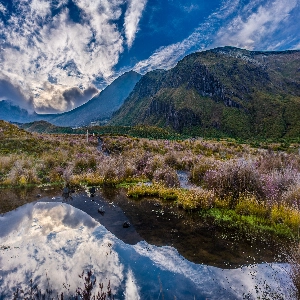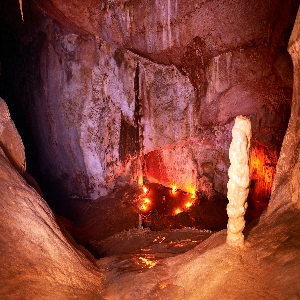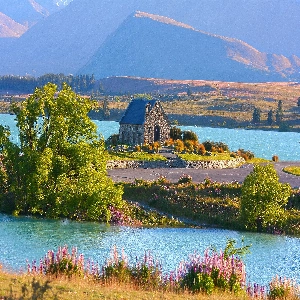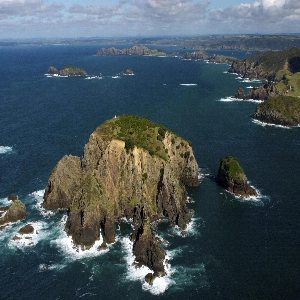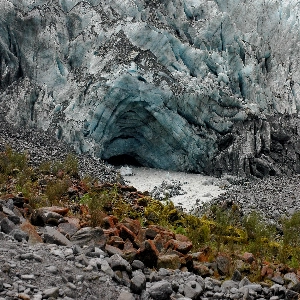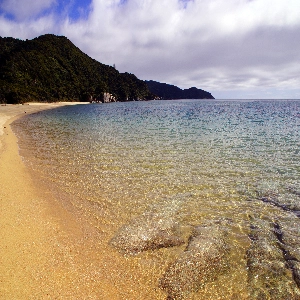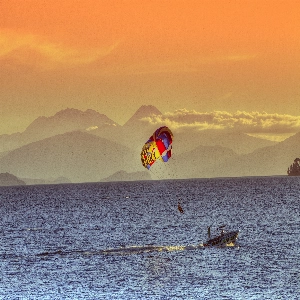Franz Josef Glacier
Introduction to Franz Josef Glacier
Franz Josef Glacier is a natural wonder, nestled within the Westland Tai Poutini National Park on the West Coast of New Zealand's South Island. This impressive glacier, situated in the heart of the Southern Alps, attracts visitors from around the world. Spanning over 12 kilometers in length and fed by the vast snowfields of the mountaintops, Franz Josef is unique because it descends from an altitude of 2700 meters to just 240 meters above sea level. Its accessibility, beautiful surroundings, and ever-changing appearance make it a popular attraction and an outstanding example of New Zealand's incredible landscape.
Historical Significance of Franz Josef Glacier
Franz Josef Glacier is of great historical significance, beginning with the Maori people who named the surrounding area 'Ka Roimata o Hine Hukatere,' which means 'tears of the Avalanche Girl.' According to Maori legend, Hine Hukatere scaled the alps only to lose her love in an avalanche. Her tears would freeze, creating the spectacular glacier that remains today. European explorers first discovered the glacier in 1865, namely Julius von Haast, who named it after the then Austrian Emperor Franz Josef I. The nearby township, now also known as Franz Josef, was founded around 1912 to accommodate visitors to the glacier.
Franz Josef Glacier has provided scientists with valuable insights into the Earth's climate history. Glacial movements indicate cycles of cooling and warming within the Earth's atmosphere, making it an essential location for climate research. It is also a dynamic glacier, advancing and retreating regularly over time, providing a unique insight into the life cycle of these powerful ice formations.
Exploring Franz Josef Glacier
One of the main attractions of Franz Josef Glacier is its accessibility. Visitors can choose from a variety of guided tours, which include glacier walks, ice-climbing adventures, and scenic helicopter flights. Each trip provides a different perspective of the glacier, allowing you to appreciate the full scale and beauty of this natural wonder.
For those less adventurous, there are several walking tracks in the area that allow you to get close to the glacier's terminal face. These include the Franz Josef Valley Walk and Sentinel Rock Walk, which offer excellent vantage points to view the ice formations and surrounding mountains. Note that due to the unpredictability of the glacier and the risks associated with icefalls, it is not recommended to venture past the marked barriers on walking tracks.
Activities around Franz Josef Glacier
While the glacier itself is the highlight, the surrounding region offers a variety of recreational activities for all visitors. Here are some of the attractions and activities available in the area:
Hot Pools: After a day of exploring the glacier, you can soak in the natural hot pools of the nearby glacier hot pools complex. These pools are surrounded by native rainforest, providing a serene and relaxing experience.
Wildlife Center: The West Coast Wildlife Center is a must-visit for those interested in New Zealand's native birdlife, including the iconic kiwi bird. The center plays a significant role in the conservation of the endangered Rowi and Haast Tokoeka kiwi species, and visitors can learn about these unique birds and the efforts being made to protect them.
Scenic Flights: A helicopter or plane ride around the Franz Josef Glacier area will give you a bird's-eye view of its grandeur. You'll also have the chance to view Mount Cook, New Zealand's highest mountain, and the neighboring Fox Glacier.
Kayaking: Get up close to the reflective waters of Lake Mapourika, a glacier-carved lake filled with freshwater from the surrounding mountains. Guided kayaking tours will take you through the calm waters and hidden rainforest coves that are home to various native bird species.
Accommodations and Dining in Franz Josef Village
The township of Franz Josef offers a range of accommodations, from backpacker hostels and motels to luxury lodges, catering to all types of travelers. It is essential to book in advance during peak seasons to secure lodging. Alongside accommodation options, the village offers a variety of dining choices, including cafes, restaurants, and bars. Many of these establishments focus on using local ingredients and showcasing regional cuisine, ensuring a delightful dining experience.
Best Time to Visit Franz Josef Glacier
Although Franz Josef Glacier is a year-round attraction, choosing the best time to visit depends on your personal preferences. The summer months (December to February) offer milder weather conditions and longer daylight hours, making it the most popular time to visit. However, this also means larger crowds and higher prices for accommodations.
The winter months (June to August) can be more challenging due to colder temperatures and increased rainfall. But, the snow-capped mountains and icy formations make for a stunning and unique experience. During this period, there are fewer tourists, making it a more peaceful and tranquil time to visit.
Conclusion
Franz Josef Glacier is undoubtedly one of New Zealand's most iconic and awe-inspiring natural attractions. Visiting this remarkable glacier will provide you with a deeper appreciation of the Earth's incredible landscapes and the power of nature. Whether you choose to explore the glacier up close with a guided tour or take in its beauty from a distance, a trip to Franz Josef should be on every traveler's bucket list.

